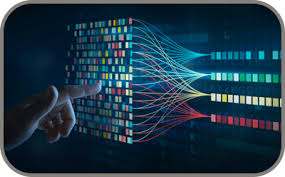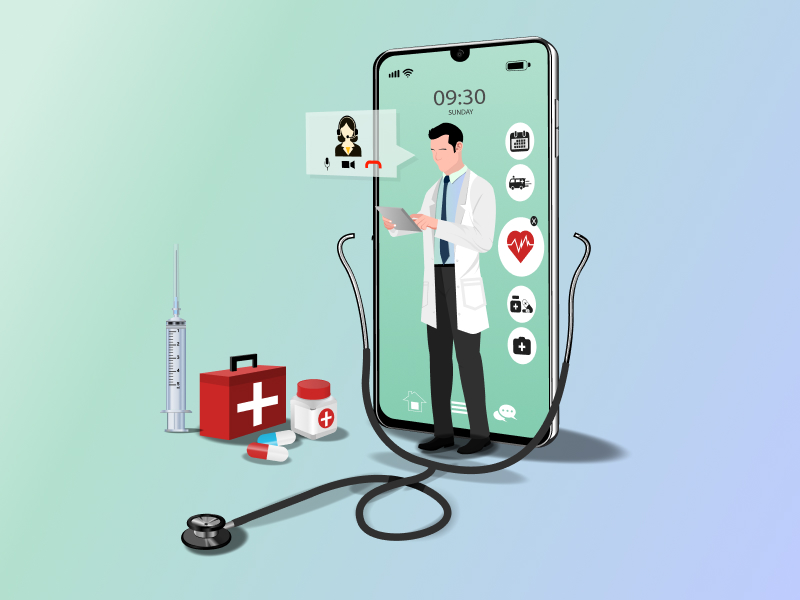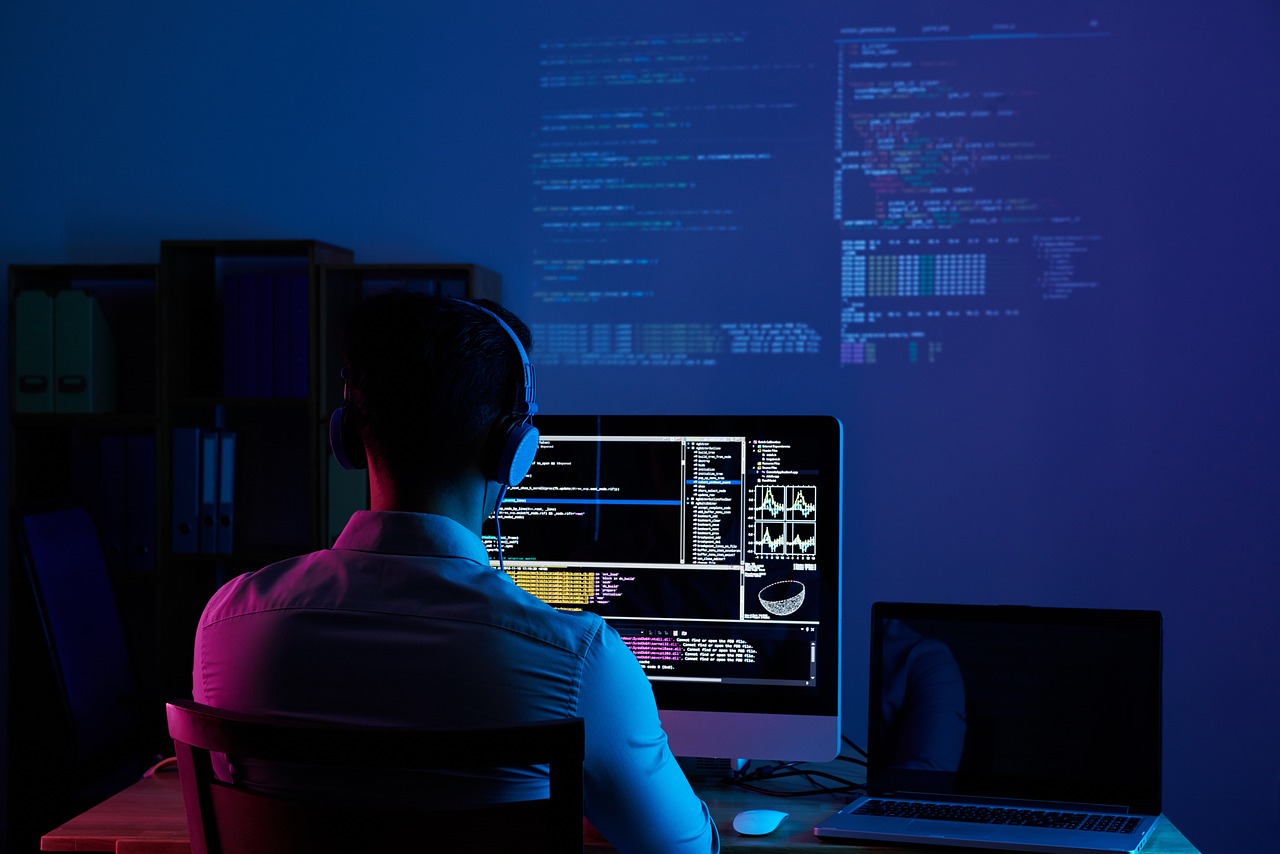IoT-Based Smart Water Systems: The Future of Efficient Water Monitoring

Strong 8k brings an ultra-HD IPTV experience to your living room and your pocket.
Water is perhaps the most valued natural resource, but its management is a global issue. As urbanization, population expansion, and climate change increase, effective water monitoring and conservation have never been so important. Step in iot based smart water management system—a groundbreaking technology that is revolutionizing how we monitor, manage, and optimize real-time water use.
What Are IoT-Based Smart Water Systems?
IoT-based smart water infrastructure uses networked devices, sensors, and cloud platforms to monitor, manage, and monitor water resources. IoT-based smart water systems gather real-time information on water pressure, quality, flow, and leakage, enabling informed decisions at the right time.
By incorporating IoT devices into water infrastructure—pipelines, water tanks, treatment plants, and irrigation systems—municipalities, industries, and households can gain unprecedented management of water distribution and consumption.
Key Elements of a Smart Water System
Flow and Pressure Sensors
Placed in water pipes and tanks, these sensors monitor different parameters such as flow rate, pressure, turbidity, pH, and others.
Data Gateways
These are interfaces that receive data from sensors and route it to the cloud for processing and storage.
Cloud Platforms
The data gathered is processed with advanced analytics and machine learning to identify anomalies, predict consumption, and provide recommendations for improvements.
Mobile and Web Dashboards
Offer intuitive real-time access to insights, alerts, and reports to users and administrators.
Benefits of IoT-Based Water Monitoring
1. Real-Time Leak Detection
Leaks are the most substantial reason behind water wastage. An IoT based intelligent water management system can easily detect unusual flow rates in real-time and alert the administrator, enabling prompt repairs and lesser losses.
2. Optimized Water Distribution
Through real-time consumption patterns, utilities can schedule supply in accordance with demand to have balanced distribution even during high use periods.
3. Enhanced Water Quality Monitoring
Sensors can continuously monitor water quality parameters and raise alerts for contamination threats, providing safe and clean water to end-users.
4. Predictive Maintenance
Smart water systems utilize predictive maintenance where instead of reactive repairs, stress points in the infrastructure that are probable to fail shortly are determined.
5. Sustainability and Conservation
Smart systems encourage prudent use by offering consumers information about their patterns of water use and instilling conservation habits.
Applications Across Sectors
Urban Utilities
Smart meters and leak detection mechanisms assist cities in minimizing water loss, billing correctly, and optimizing infrastructure upgrades.
Agriculture
Irrigation systems that are IoT-based employ soil moisture sensors and weather information to irrigate crops only when required, conserving water and improving crop yield.
Industrial Use
Factories and processing facilities track water use for compliance, efficiency, and sustainability objectives, all via a central dashboard.
Smart Homes
Residential users can track their water consumption, receive leak notices, and establish use targets, all via smartphone applications.
The Role of AI and Big Data
When they are supplemented with AI and big data analysis, IoT water systems move beyond monitoring—they start predicting and automating. Machine learning algorithms can predict demand, detect usage patterns, and provide actionable insights for long-term water resource planning.
Challenges to Implementation
Despite the appeal, there are challenges to implementing IoT-based smart water systems:
- High Initial Costs: Overhauling infrastructure and installing sensors can be costly.
- Data Security: Sensitive usage and infrastructure data must be protected.
- Interoperability: Compatibility between devices made by various vendors is usually a problem.
- Lack of Awareness: In rural parts of the country or developing nations, awareness of systems of this nature remains low.
Future Outlook
The future of water management is connected, smart, and data-driven. With declining costs and rising awareness, IoT smart water management systems will become the norm of urban planning and sustainable living. Smart city infrastructure is where governments are increasingly investing, with water management being at the center.
In the years to come, we can look forward to closer integration of smart water systems with other utilities like energy and waste to bring forth intelligent smart cities that are more efficient, resilient, and environmentally friendly.
Conclusion
IoT-enabled smart water systems are transforming the manner in which we use and control our water resources. Through the power to monitor, analyze, and optimize water consumption in real time, such systems play a critical role in our pursuit of sustainable development. As we head towards smarter cities and industries, embracing an IoT based smart water management system is not merely an upgrade of technology—it is the future necessity.
Note: IndiBlogHub features both user-submitted and editorial content. We do not verify third-party contributions. Read our Disclaimer and Privacy Policyfor details.







